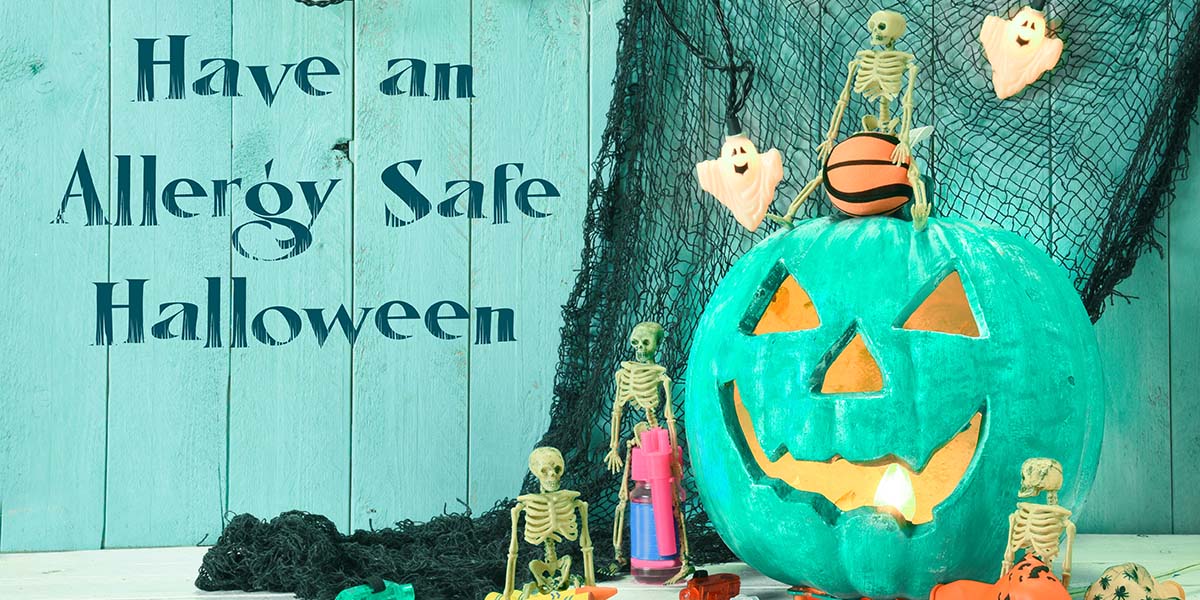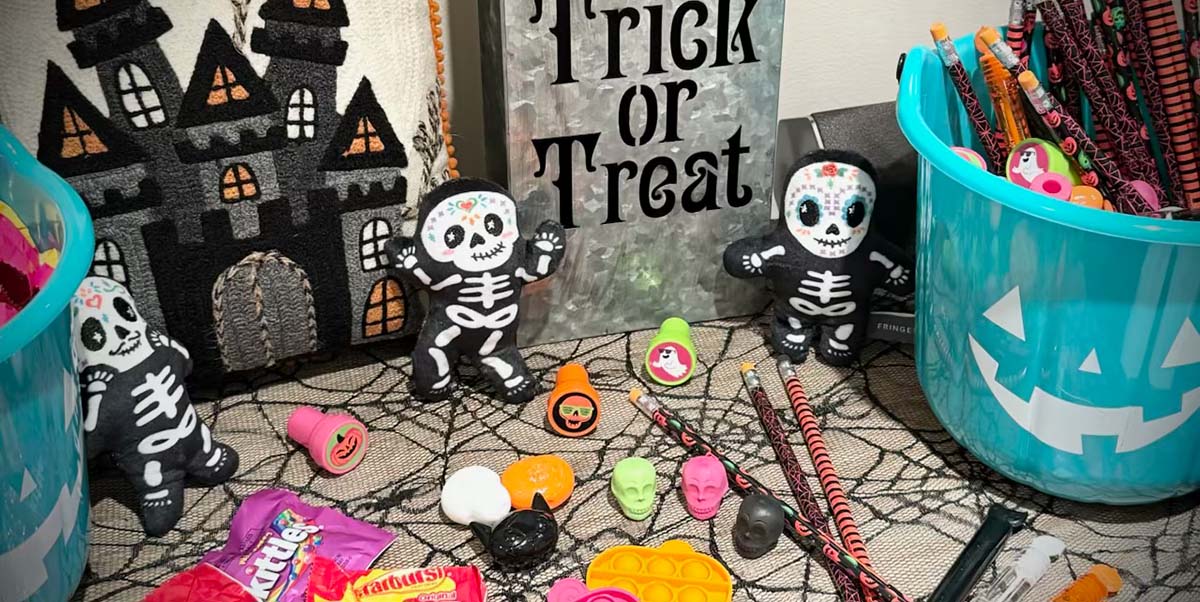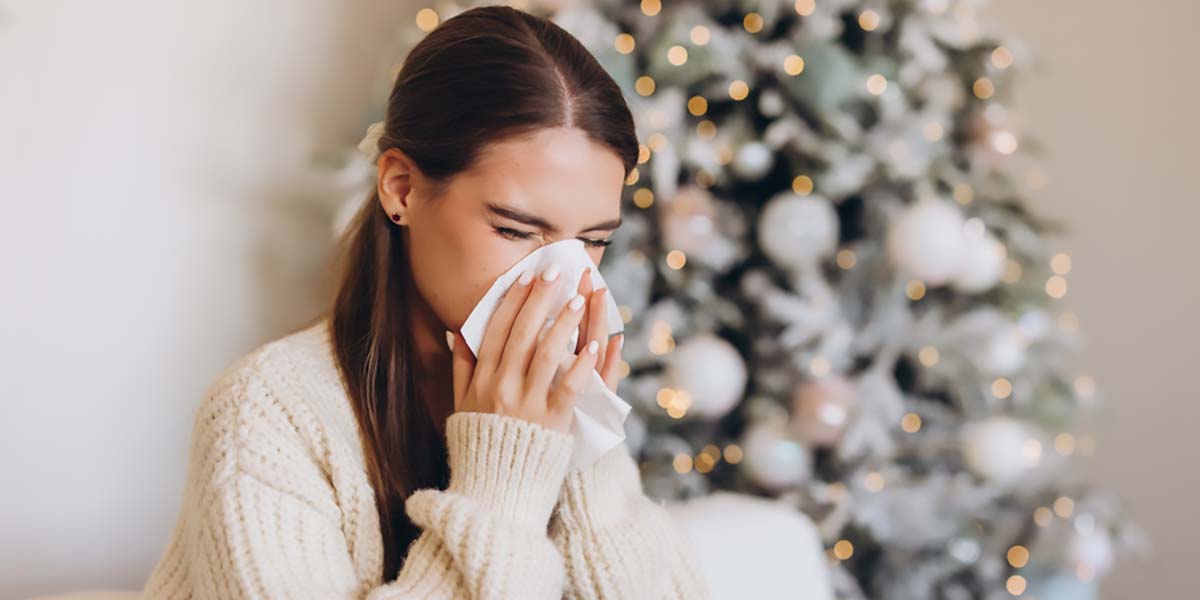For many families across Philadelphia, Bucks County, and Montgomery County, Halloween is filled with excitement,…

How to Give and Get Allergy-Safe Treats this Halloween
When costumed kids appear at your door requesting “Trick or treat!” you know they are expecting a treat. But for children with severe food allergies, the wrong treat could be the cruelest trick and cause a life-threatening reaction.
Thirty-three million Americans suffer from food allergies, and 5.6 million are under the age of 18. More than half of this year’s top treats contain food allergens. Whether you are giving or getting treats, that could add up to a pretty scary Halloween.
What are the scariest ingredients?
The most common ingredients in treats that trigger allergic reactions in children include peanuts, tree nuts, milk, eggs, soy, wheat and sesame. One or more of these ingredients is found in the majority of candy.
Six of the top 10 most popular candies (according to CandyStore.com) in America contain allergens and are produced in facilities where other top allergens are present:
- Reese’s Peanut Butter Cups contain 4 of the top 14 allergens
- M&M’S contain at least 4 of the top 14 allergens
- Hershey’s Milk Chocolate Kisses contain 3 of the top 14 allergens
- Hershey’s Miniatures contain at least 2 of the top 14 allergens
- Snickers contain 6 of the top 14 allergens
- Candy Corn may contain 1 of the top 14 allergens (sesame oil) depending on the manufacturer. Check the label!
Top tips for food-allergic individuals
- Don’t let your food-allergic child trick-or-treat alone
- Carry auto-injectable epinephrine
- Make sure adults or friends with your child understand their food allergies and what to do in an emergency.
- Teach your child how to politely say “no” to food that may not be safe, especially homemade items such as cookies and cupcakes.
- Check the labels:
- “Fun size” candy may contain different ingredients than regular size packages.
- Confirm the candy isn’t produced in the same facility where other candies that contain allergens are produced.
- Look for a teal-colored pumpkin
- Teal pumpkins are used to indicate that non-food treats are available
When kids get home
- Sort into a “keep pile” and a “trade pile”
- Plan additional non-food Halloween activities such as carving pumpkins or crafts
- Switch Witch: like the tooth fairy, the Switch Witch will exchange a child’s treat bag overnight with a prize
Choosing treats to give
The remaining top four most popular candies (and the ones following) are generally considered safe for children with allergies:
- Hot Tamales
- Skittles
- Sour Patch Kids
- Starburst
- Swedish Fish
- Life Savers
- Mike And Ike
- Dum-Dums
- Dots
- Smarties
- Enjoy Life and YumEarth are two brands that produce chocolates and candies that are free of the top nine food allergens.
While these candies may not include ingredients that are common food allergens, check the labels to make sure they are not produced in a plant where cross-contamination could occur.
Choose non-food treats such as pencils, erasers, notepads, crayons, Halloween stamps, fake vampire teeth, bouncy balls, toys and more.
Being aware, checking labels, and turning to non-food alternatives will help make your child’s Halloween all treats and no tricks!



